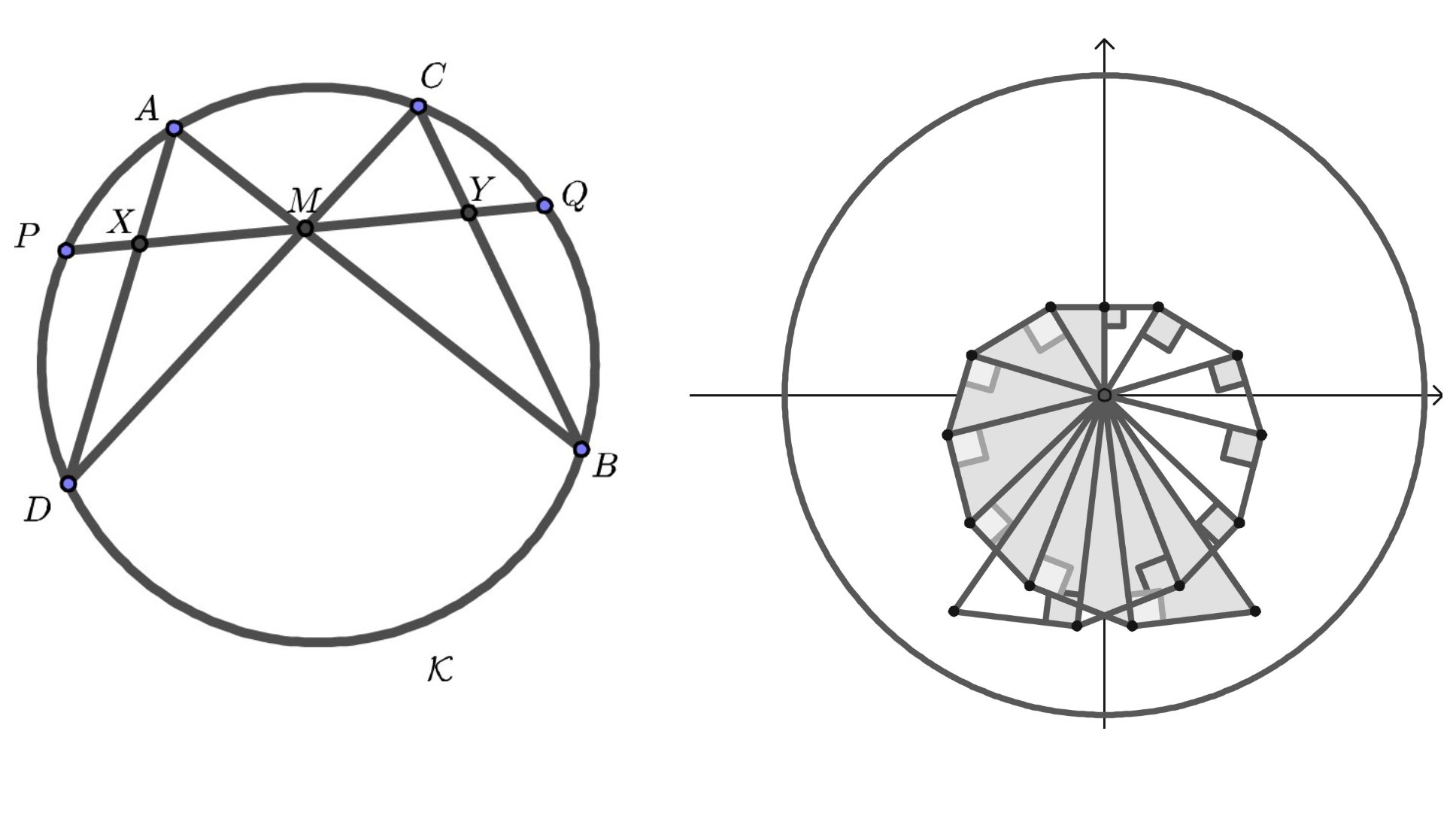
The Butterfly Theorem is a captivating concept in geometry that unveils the hidden symmetries within a seemingly simple shape. This theorem, attributed to the Greek mathematician and astronomer Thales, has intrigued scholars and enthusiasts for centuries. By delving into the intricacies of this theorem, we can unravel its profound implications and unveil the beauty of mathematical reasoning.
In this article, we will explore six fascinating facts about the Butterfly Theorem, shedding light on its historical significance, practical applications, and mathematical elegance. From its ancient origins to its modern-day relevance, the Butterfly Theorem continues to inspire curiosity and awe, serving as a testament to the enduring allure of mathematical discovery. Join us on this journey as we unravel the enigmatic charm of the Butterfly Theorem and uncover the profound insights it offers into the world of geometry.
Key Takeaways:
- The Butterfly Theorem, named after a Greek mathematician, helps solve geometry problems by looking at how a line intersects a triangle’s sides. It’s like a secret tool for math superheroes!
- By using the Butterfly Theorem, engineers and architects can solve real-world problems involving proportions and intersections. It’s like a superpower for building and designing amazing things!
The Butterfly Theorem is Named After a Greek Mathematician
The Butterfly Theorem is a fundamental concept in geometry that is named after the Greek mathematician, James Gregory. This theorem is a powerful tool for solving complex geometric problems and has applications in various fields, including engineering and architecture.
The Theorem Involves the Intersection of a Line and a Circle
At its core, the Butterfly Theorem revolves around the intersection of a line and a circle. It states that if a line intersects two sides of a triangle and the intersected segments are proportional, then the line will intersect the third side of the triangle at two points that are equidistant from the triangle's midpoint.
The Theorem is Often Illustrated Using Butterfly-Shaped Figures
To visualize the Butterfly Theorem, mathematicians often use butterfly-shaped figures to represent the proportional segments and the intersecting line. This visual representation helps in understanding the theorem's principles and applications in a more intuitive manner.
The Butterfly Theorem is Widely Taught in Geometry Courses
In the realm of mathematics education, the Butterfly Theorem holds significant importance and is often included in geometry courses at various academic levels. Its elegant and practical nature makes it a valuable addition to the curriculum, allowing students to grasp essential geometric concepts.
The Theorem Has Practical Applications in Engineering and Architecture
Beyond its theoretical significance, the Butterfly Theorem finds practical applications in fields such as engineering and architecture. Its ability to solve geometric problems related to proportions and intersections makes it a valuable tool for professionals in these disciplines.
The Butterfly Theorem Encourages Critical Thinking and Problem-Solving Skills
Studying the Butterfly Theorem encourages students to develop critical thinking and problem-solving skills. By applying the theorem to solve geometric puzzles and real-world problems, learners enhance their analytical abilities and gain a deeper understanding of geometric principles.
The Butterfly Theorem, named after the Greek mathematician James Gregory, is a powerful concept that revolves around the intersection of a line and a circle. This fundamental theorem states that if a line intersects two sides of a triangle and the intersected segments are proportional, then the line will intersect the third side of the triangle at two points that are equidistant from the triangle's midpoint. Visual representations often use butterfly-shaped figures to illustrate the theorem's principles, aiding in its comprehension. Widely taught in geometry courses, the theorem holds practical applications in engineering and architecture, making it a valuable tool for professionals in these fields. Moreover, studying the Butterfly Theorem encourages critical thinking and problem-solving skills, fostering a deeper understanding of geometric concepts and their real-world implications.
Conclusion
In conclusion, the Butterfly Theorem is a fascinating concept in geometry that offers valuable insights into the relationships between various geometric elements within a triangle. By understanding the theorem's principles and applications, mathematicians and geometry enthusiasts can gain deeper insights into the intricate nature of triangles and their associated properties. Embracing the elegance of the Butterfly Theorem opens up new avenues for exploration and problem-solving within the realm of geometry, making it a valuable asset for both students and professionals in the field.
FAQs
What is the Butterfly Theorem?The Butterfly Theorem is a fundamental concept in geometry that establishes a relationship between the midpoints of two sides of a triangle and the intersecting point of a cevian through the triangle's vertex. It provides a unique perspective on the connections between these geometric elements within a triangle.
How is the Butterfly Theorem applied in geometry?The Butterfly Theorem finds applications in various geometric problem-solving scenarios, particularly in the context of triangle properties and relationships. By leveraging the theorem's principles, mathematicians and students can explore and analyze the intricate connections between midpoints, cevians, and other key elements within triangles.
Was this page helpful?
Our commitment to delivering trustworthy and engaging content is at the heart of what we do. Each fact on our site is contributed by real users like you, bringing a wealth of diverse insights and information. To ensure the highest standards of accuracy and reliability, our dedicated editors meticulously review each submission. This process guarantees that the facts we share are not only fascinating but also credible. Trust in our commitment to quality and authenticity as you explore and learn with us.
